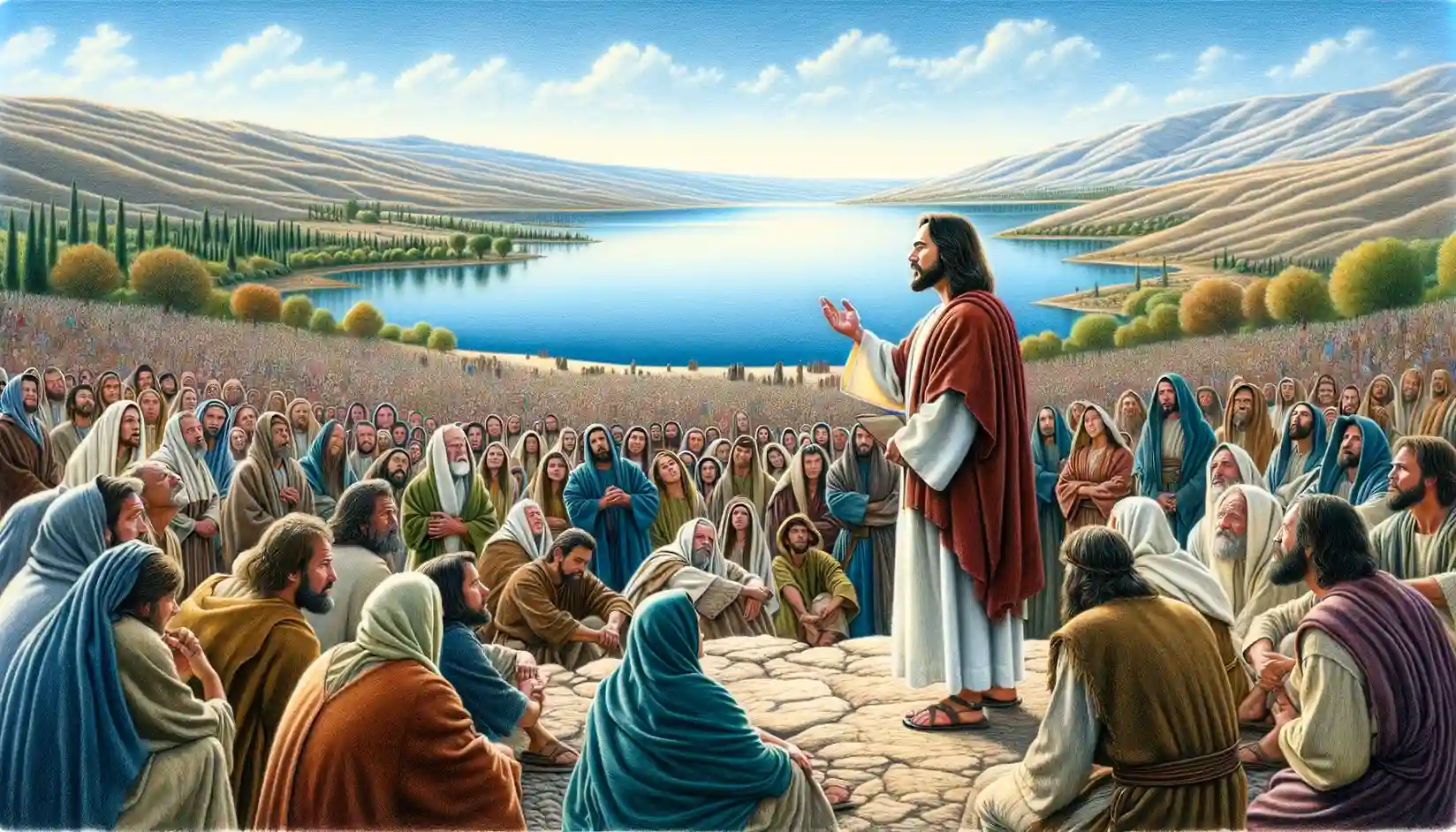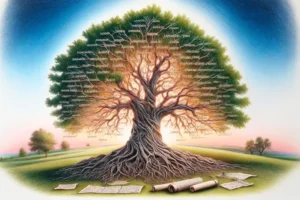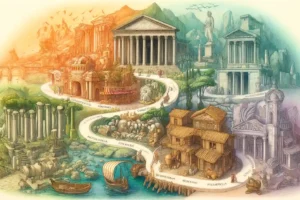
I AM Statements of Jesus in the Gospel of John
The “I AM” statements of Jesus in the Gospel of John are a series of declarations that use a significant phrasing of “I AM” (Greek: ἐγώ εἰμί, ego eimi), echoing the Old Testament name of God revealed to Moses in Exodus 3:14 (“I AM WHO I AM”). These statements are profound as they not only reveal Jesus’ identity and mission but also connect Him directly with the divine nature of Yahweh. Here are the key “I AM” statements from the Gospel of John:
- I AM the Bread of Life (John 6:35, 48, 51) – Jesus declares He is essential for spiritual life and sustenance, likening Himself to the manna provided in the wilderness, but offering eternal life.
- I AM the Light of the World (John 8:12; 9:5) – This statement highlights Jesus as the source of truth and guidance, dispelling the darkness of sin and revealing the path to God.
- I AM the Door of the Sheep (John 10:7, 9) – Jesus uses this metaphor to illustrate His role as the exclusive gateway to salvation, safety, and pasture for His followers.
- I AM the Good Shepherd (John 10:11, 14) – Similar to the door, this image portrays Jesus as a caretaker who knows His sheep, protects them, and ultimately lays down His life for them.
- I AM the Resurrection and the Life (John 11:25) – Made during the raising of Lazarus, this declaration asserts Jesus’ authority over life and death, promising eternal life to those who believe in Him.
- I AM the Way, the Truth, and the Life (John 14:6) – Jesus describes His role as the sole mediator between God and humanity, embodying the truth and the life-giving path to the Father.
- I AM the True Vine (John 15:1, 5) – In this final metaphor, Jesus identifies Himself as the vital source of life, urging His followers to remain in Him for spiritual nourishment and fruitful living.
Certainly, let’s delve deeper into the theological and spiritual significance of the “I AM” statements of Jesus in the Gospel of John. Each statement is not just a self-identification but also a profound revelation of Jesus’ divine nature and His mission as the Messiah.
1. I AM the Bread of Life (John 6:35, 48, 51)
This statement occurs after Jesus feeds the 5,000, pointing to His ability to meet not just physical but spiritual needs. By declaring Himself the “Bread of Life,” Jesus identifies as the essential sustenance for eternal life, fulfilling human hunger for spiritual truth and relationship with God. In a theological sense, Jesus being the bread suggests a continual dependence on Him for spiritual nourishment, akin to daily bread for physical sustenance.
2. I AM the Light of the World (John 8:12; 9:5)
Here, Jesus contrasts Himself with the darkness of the world, representing sin, ignorance, and death. As the Light, Jesus brings knowledge, purity, and life. This statement also fulfills Old Testament prophecies that describe the Messiah as a light to the nations. Light as a metaphor in John often symbolizes divine revelation and truth, guiding believers in the path of righteousness.
3. I AM the Door of the Sheep (John 10:7, 9)
Jesus as the Door suggests both exclusivity and security in salvation—He is the only way through which one can enter into a restored relationship with God and be saved. The imagery of the door offers a pastoral sense of protection and provision, indicating that Jesus is both the gatekeeper and the gateway.
4. I AM the Good Shepherd (John 10:11, 14)
Expanding on the pastoral metaphor, Jesus as the Good Shepherd expresses His deep, personal care for His followers. The shepherd’s role is to lead, protect, and sacrifice for the sheep. Jesus indicates His willingness to lay down His life for humanity, highlighting His sacrificial love and commitment to His people.
5. I AM the Resurrection and the Life (John 11:25)
Spoken in the context of Lazarus’s death, this statement emphasizes Jesus’ power over death, reinforcing His identity as the source of both physical resurrection and spiritual life. This claim points to the eschatological hope of eternal life offered through belief in Him, affirming that death is not the end for those who trust in Jesus.
6. I AM the Way, the Truth, and the Life (John 14:6)
This profound assertion encapsulates the exclusivity of Jesus’ role as the mediator between God and mankind. He is the “Way” to God, the “Truth” in the face of the world’s deceptions, and the “Life” as the source of both temporal and eternal existence. It’s a comprehensive encapsulation of His ministry and mission.
7. I AM the True Vine (John 15:1, 5)
In this metaphor, Jesus describes the interdependence between Him and His followers. As the vine provides nourishment and sustenance to its branches, so Jesus sustains His followers, enabling them to bear fruit in their lives. This statement emphasizes the importance of remaining in spiritual union with Christ.
Each of these statements not only reveals unique aspects of Jesus’ identity and divine mission but also provides a theological framework through which believers can understand their relationship with and dependence on Him. They are foundational to the Christian faith, encapsulating key doctrines about Jesus as God incarnate, the Savior, and the sustainer of life.



